In the realm of materials science, aerogel fiber is emerging as the “fabric of the future,” sparking a technological revolution. This seemingly cloud-light material possesses extraordinary power to combat extreme conditions—imagine garments no thicker than a coin creating thermal barriers between Arctic glaciers and volcanic lava. This paradoxical harmony defines aerogel fiber’s disruptive potential in traditional textiles.

Nano-Architecture: Nature’s Perfect Insulator
The magic lies in its nanoscale porous structure—a labyrinth of billions of microscopic air chambers, each pore 1/10,000th of a hair’s width. With thermal conductivity of just 0.015 W/(m·K) (37.5% lower than premium down), mountaineering jackets using aerogel fibers maintain core body temperature at -50°C on Everest with just one-third the bulk of traditional down gear—essentially clothing each cell in a nano-thermos.
Flexible Revolution: From Lab to Runway
Once nicknamed “frozen smoke” for its brittleness, modern aerogel fibers now rival silk in drape, thanks to Zhiyu Tech’s patented composite methods. Qingfeng Chemical’s electrospinning process produces sub-500nm fibers retaining 90% porosity while achieving weave-ready strength. Luxury fashion houses have adopted translucent aerogel fabrics (72% light transmission) that deliver -30°C warmth without compromising ethereal elegance.
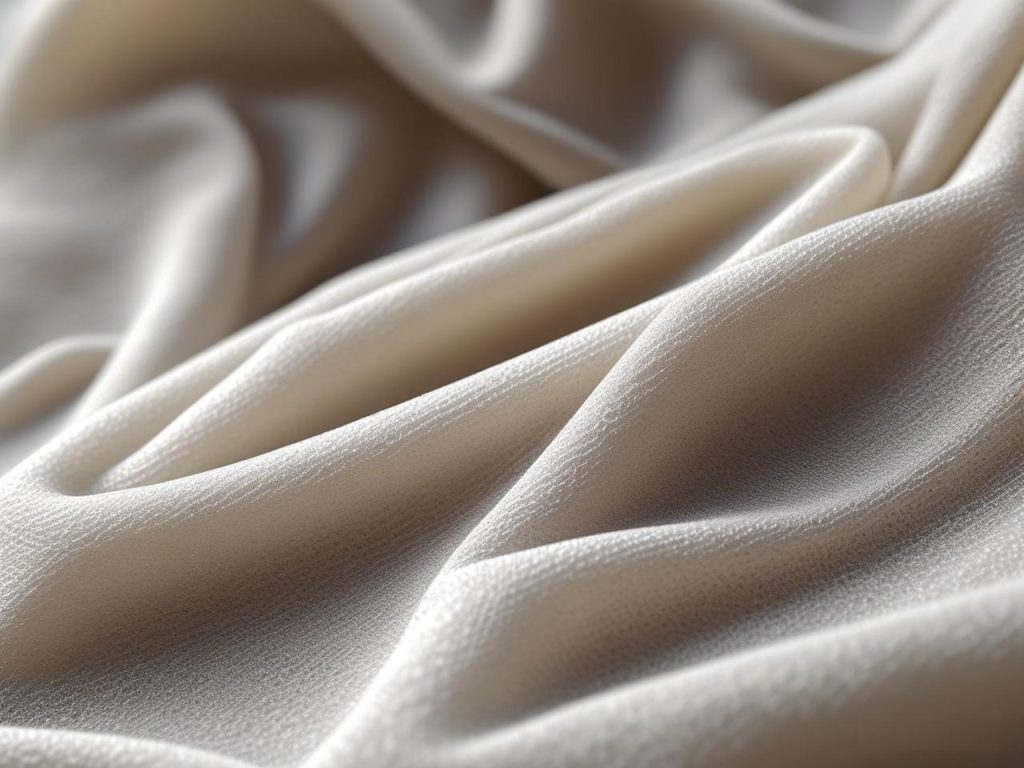
Eco-Conscious Production: Sustainability Woven In
Unlike petrochemical-based materials, aerogel production employs closed-loop systems with 98% solvent recovery via supercritical drying—cutting carbon emissions by 65%. Its durability shines through 3,000 wash cycles with under 5% performance loss, extending garment lifespans to 3-5 years (potentially eliminating 20 million discarded items annually). Nordic outdoor brands now integrate aerogel lines to slash 3,800 metric tons of CO₂ equivalent yearly.
Boundless Horizons: From Medtech to Mars
Medical applications leverage its biocompatibility for 3D-printed smart bandages that maintain 37°C healing environments while monitoring pH. Space exploration sees breakthroughs with composite aerogel fibers resisting structural failure at 1,200°C—paving the way for next-gen spacesuits. Analysts project a $20 billion global market by 2030, growing at 28.7% CAGR.
This material revolution is redrawing humanity’s relationship with extreme environments. From Everest climbers to Martian rovers, aerogel fiber isn’t merely advancing commerce—it’s reimagining survival itself. Where cutting-edge technology meets ecological imperatives, this “breathing supermaterial” may well become our lifeline between Earth and the stars.

 Aerogel fibers
Aerogel fibers






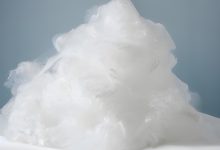
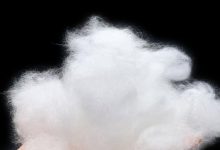
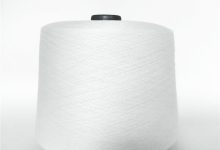
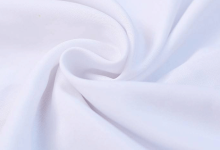

Must log in before commenting!
Sign Up